Introduction to Lake Manasarovar
Nestled high in the Tibetan Plateau, Lake Manasarovar stands as a beacon of spiritual significance and natural beauty. Located in the far western region of the Tibet Autonomous Region in China, this freshwater lake sits at an astounding altitude of 4,590 meters (15,060 feet) above sea level, making it one of the highest freshwater lakes in the world.
Covering an area of approximately 412 square kilometers and reaching depths of up to 90 meters, Lake Manasarovar is a true marvel of nature. Its pristine blue waters, set against the backdrop of snow-capped mountains, create a landscape of unparalleled beauty.
For centuries, Lake Manasarovar has held profound religious significance for multiple faiths, including Hinduism, Buddhism, Jainism, and the indigenous Bon religion. This convergence of spiritual importance has made the lake a focal point for pilgrims and seekers from across Asia and beyond.
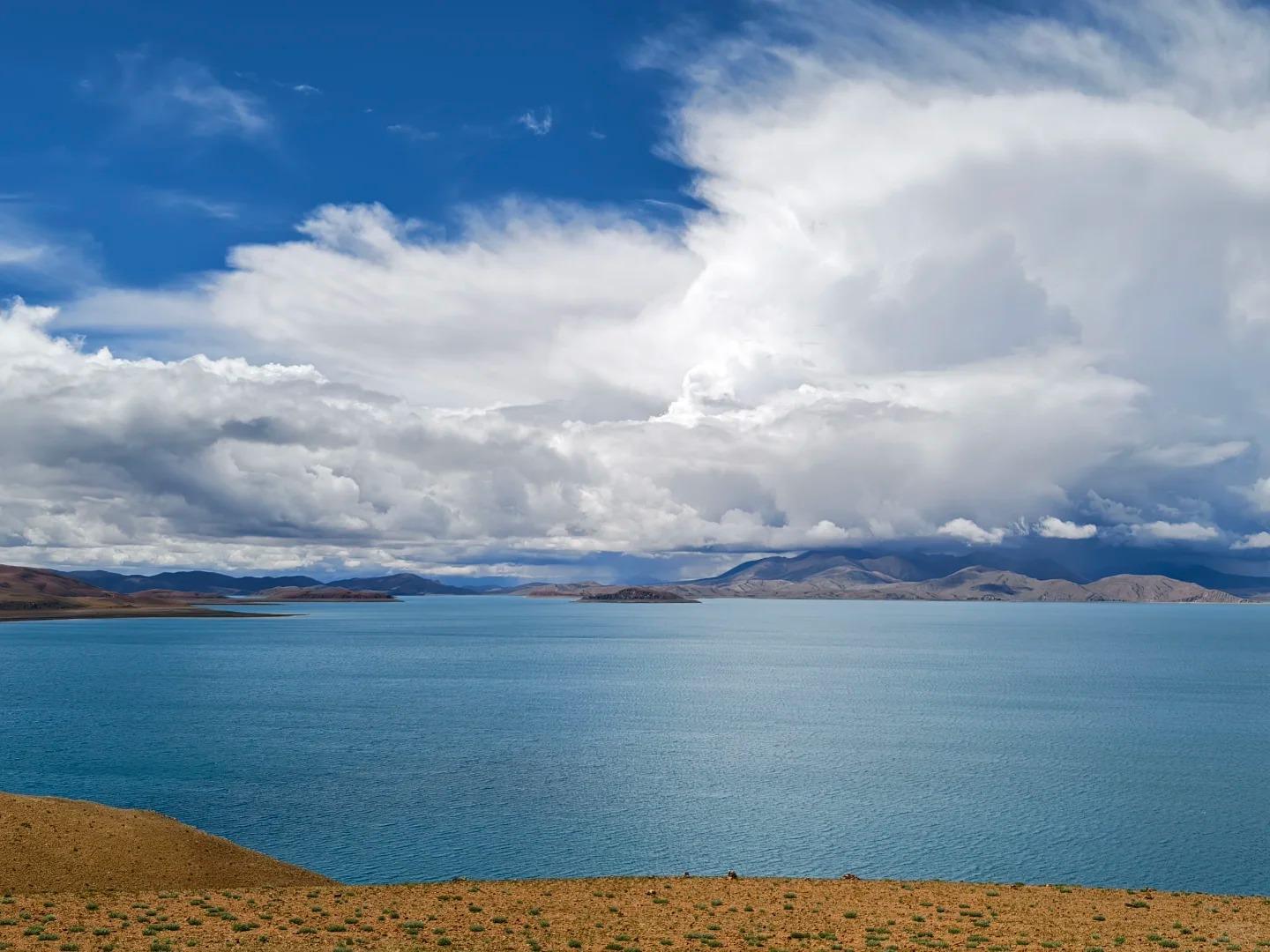
Geological and Geographical Features
Lake Manasarovar is believed to have formed approximately 40 million years ago during the uplift of the Himalayan range. The lake is part of a closed basin, with no outflowing rivers, contributing to its unique ecosystem.
The surrounding landscape is characterized by rugged, high-altitude terrain. To the north lies the Gangdise Range, while the majestic Himalayas rise to the south. Perhaps most notably, the sacred Mount Kailash stands about 40 kilometers to the northwest, forming a powerful duo of natural wonders revered in multiple religious traditions.
Despite the harsh high-altitude environment, the region supports a variety of flora and fauna:
- Flora: Hardy grasses, low-growing shrubs, and medicinal herbs
- Fauna: Tibetan wild ass, Himalayan marmots, and migratory birds like bar-headed geese
| Feature | Description |
|---|---|
| Altitude | 4,590 meters (15,060 feet) |
| Area | 412 square kilometers |
| Max Depth | 90 meters |
Religious and Cultural Significance
Lake Manasarovar holds immense spiritual importance across several religions:
- Hinduism: Believed to be the earthly manifestation of purity, drinking or bathing in its waters is said to cleanse all sins.
- Buddhism: Associated with the legendary palace of the Buddha Dharmakaya.
- Jainism: Considered the site where the first Tirthankara attained enlightenment.
- Bon: Regarded as part of the sacred swastika-shaped heart of the kingdom of Zhang Zhung.
Myths and legends abound, often intertwining the lake with Mount Kailash. One popular Hindu legend states that the lake was first created in the mind of Lord Brahma and then manifested on Earth.
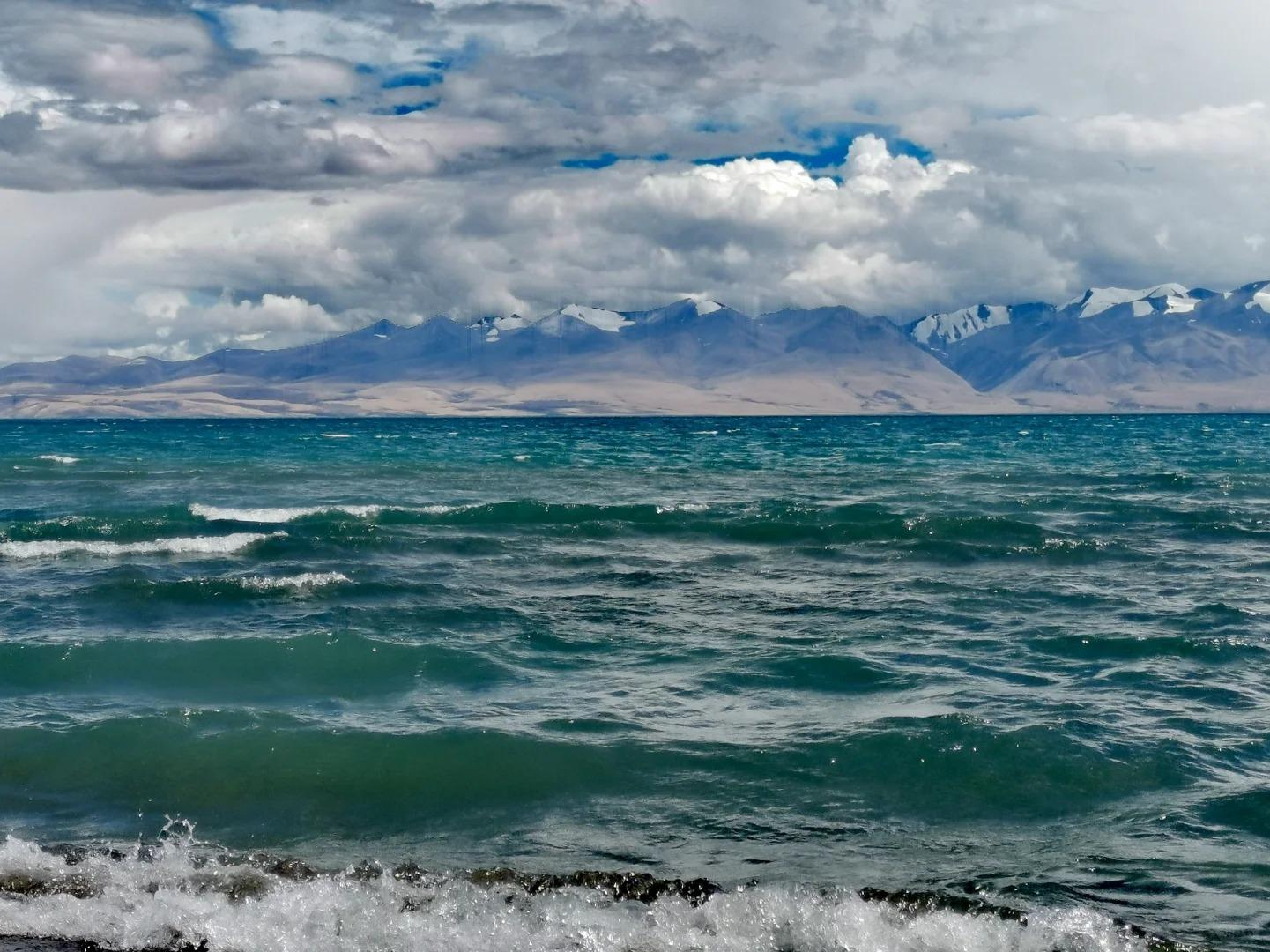
Pilgrimage and Spiritual Practices
Pilgrims from various faiths undertake arduous journeys to reach Lake Manasarovar. Traditional routes often involve trekking through challenging terrain, adding to the spiritual significance of the journey.
Upon reaching the lake, pilgrims engage in various rituals:
- Taking a sacred bath in the icy waters
- Collecting water to take home
- Meditation and prayer along the shores
Many pilgrims perform a circumambulation (parikrama or kora) of the lake, a journey of about 100 kilometers that typically takes 3-4 days on foot. This practice is believed to bring good fortune and spiritual merit.
Visitors often report profound spiritual experiences, describing feelings of peace, clarity, and connection to the divine.
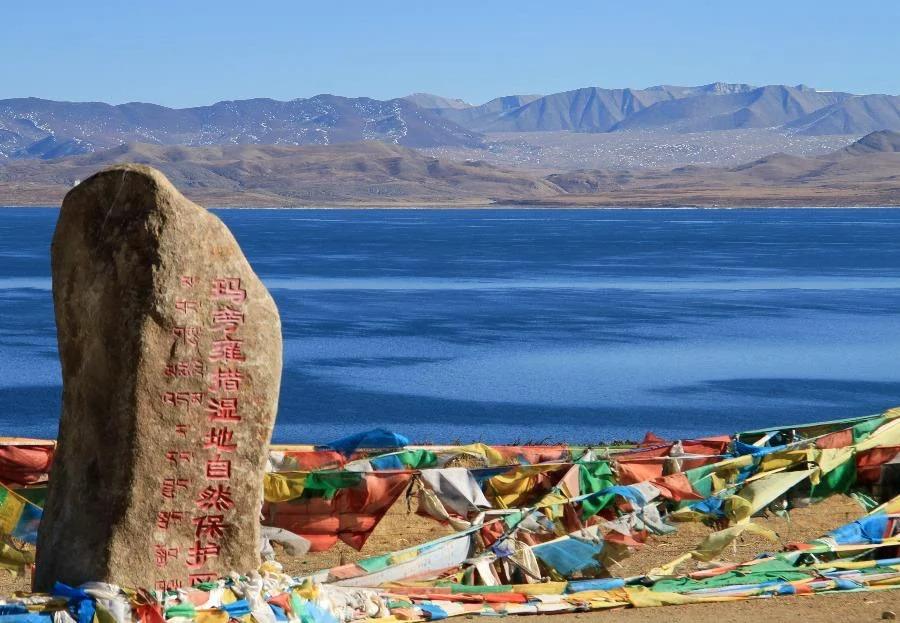
Tourism and Visitor Experiences
The best time to visit Lake Manasarovar is from May to October when the weather is milder and access is easier. Popular activities include:
- Meditation and yoga retreats
- Photography expeditions
- Wildlife watching
- Star-gazing in the clear mountain air
Nearby attractions include Mount Kailash, Rakshas Tal (the “demon lake”), and various monasteries. Accommodations range from basic guesthouses to more comfortable lodges in nearby towns like Darchen.
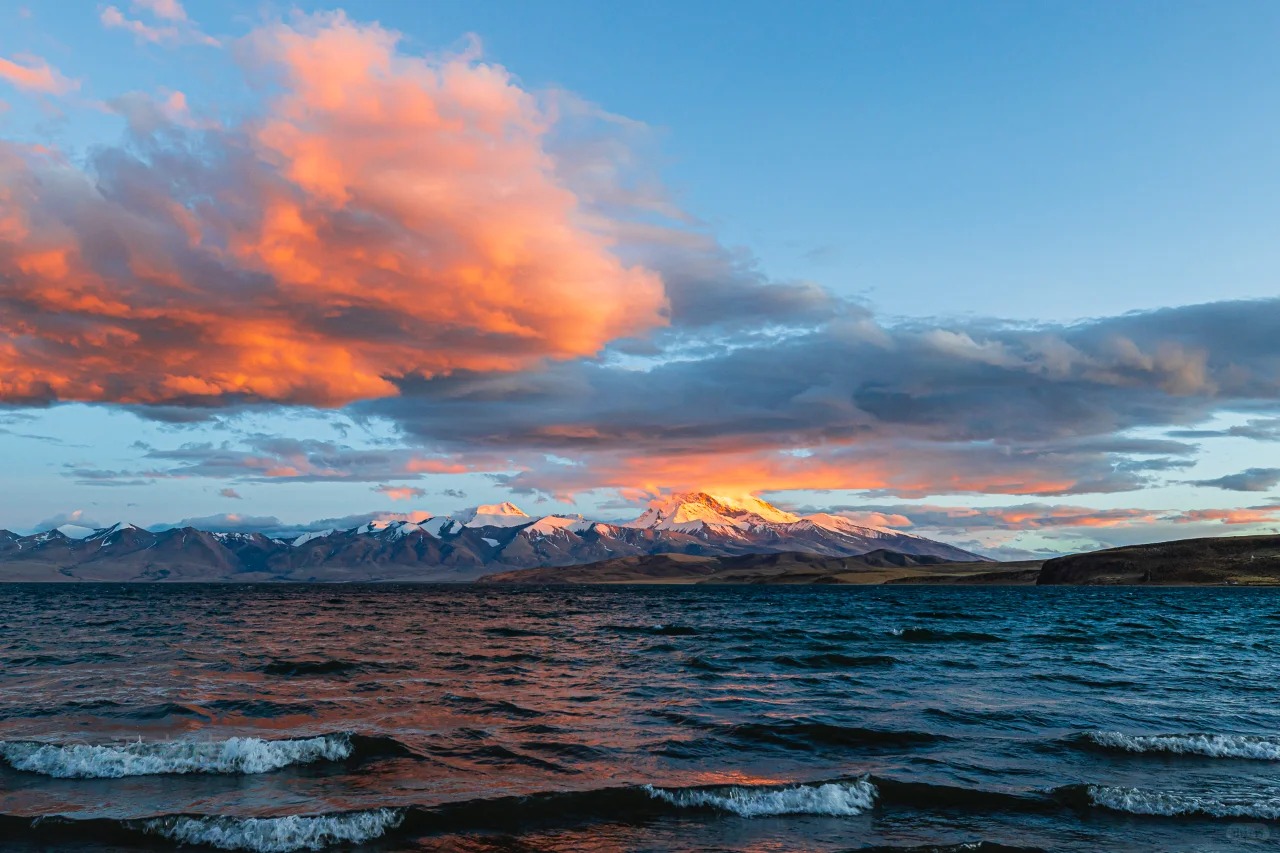
Environmental Concerns and Conservation
Climate change poses significant threats to Lake Manasarovar’s delicate ecosystem. Rising temperatures are affecting water levels and the surrounding glaciers.
Conservation efforts focus on:
- Monitoring water quality and biodiversity
- Regulating tourism to minimize environmental impact
- Educating visitors about responsible practices
Sustainable tourism initiatives, such as eco-friendly accommodations and waste management programs, are being developed to balance visitor access with environmental protection.
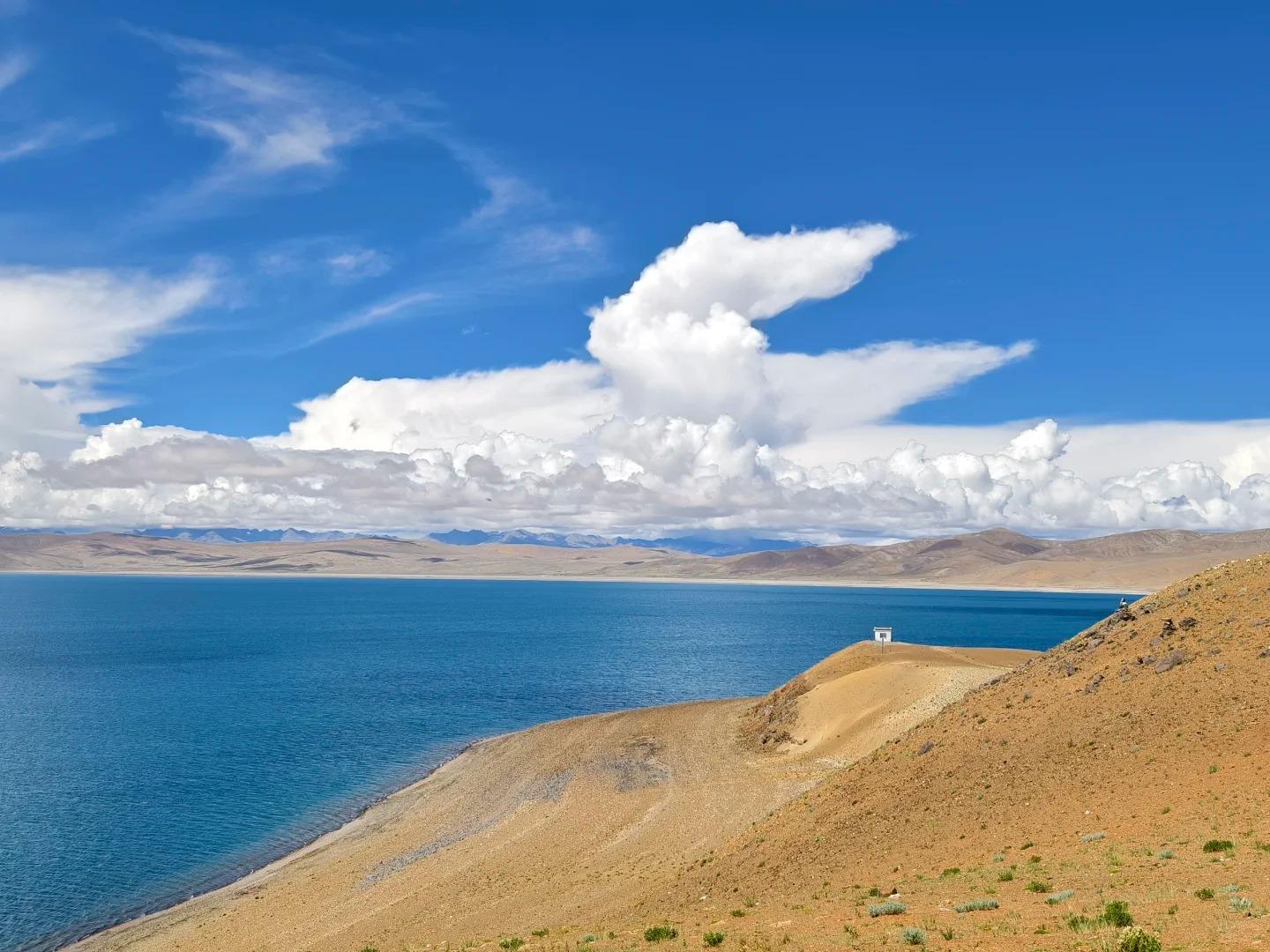
Practical Travel Information
To reach Lake Manasarovar:
- Fly to Lhasa or enter Tibet overland from Nepal
- Obtain necessary permits (Tibet Travel Permit, Alien’s Travel Permit)
- Join an organized tour or hire a licensed guide (mandatory for foreign visitors)
Health considerations:
- Acclimatize properly to prevent altitude sickness
- Bring warm clothing and sun protection
- Carry sufficient water and high-energy snacks
Essential items:
- Warm, layered clothing
- Sturdy hiking boots
- Personal medications
- Water purification tablets
Lake Manasarovar offers a unique blend of spiritual significance, natural beauty, and challenging adventure. By respecting local customs and environmental guidelines, visitors can experience this sacred site while helping to preserve it for future generations.






